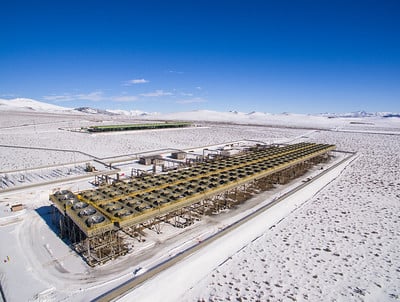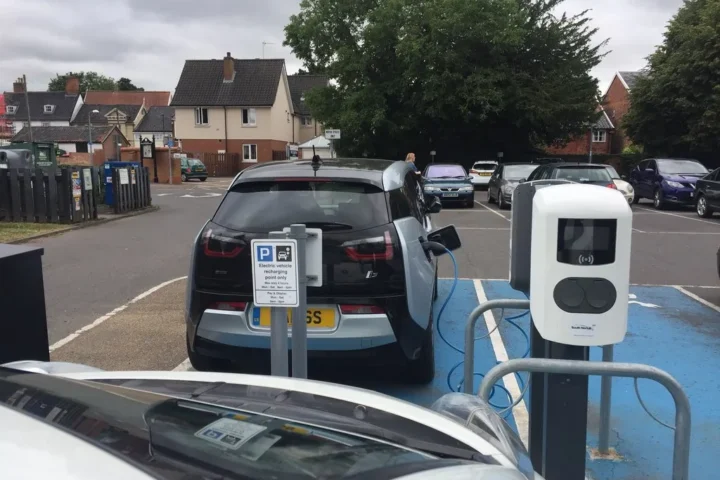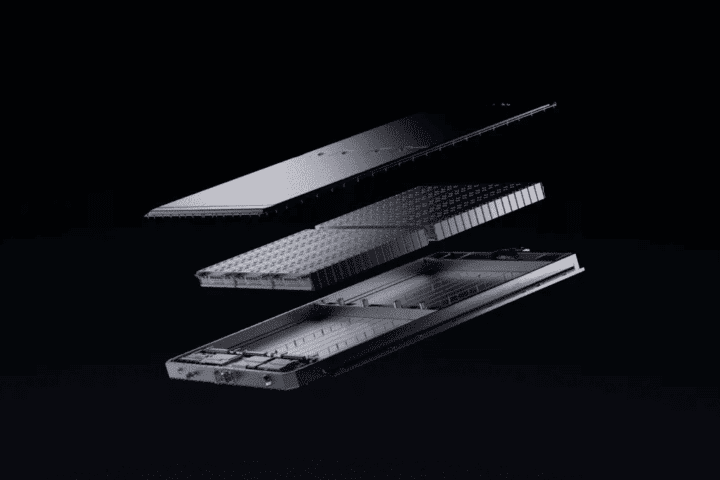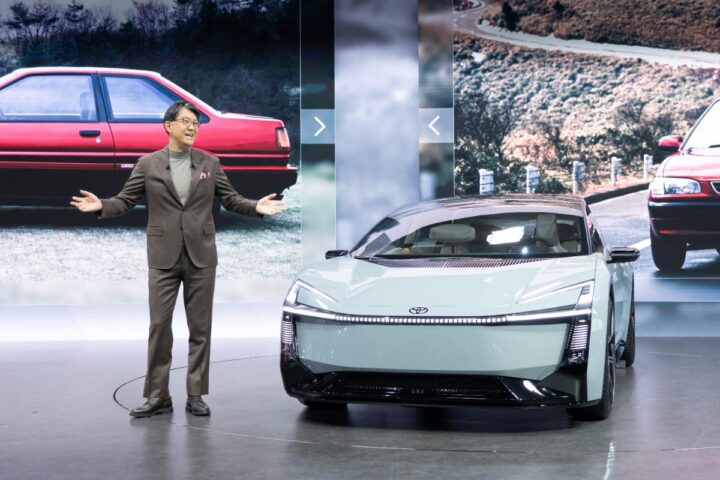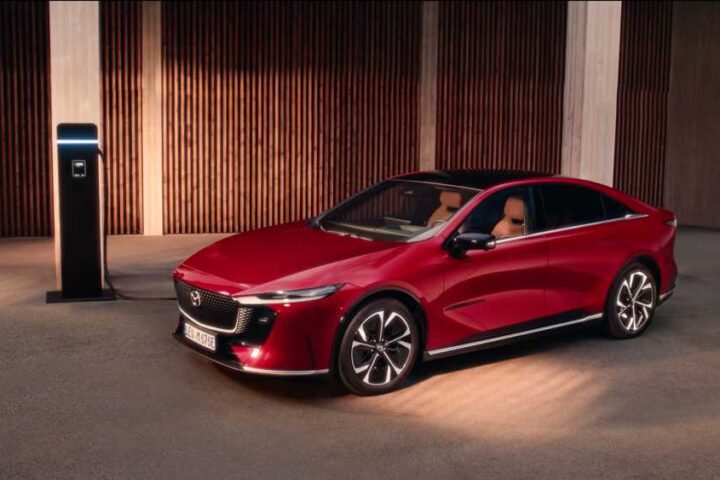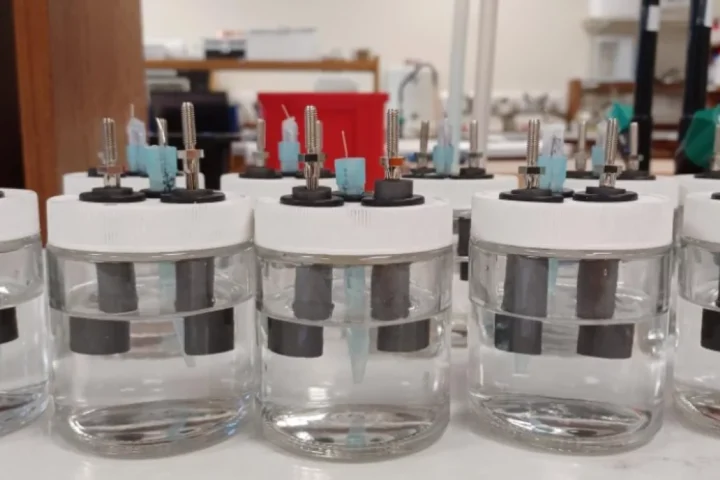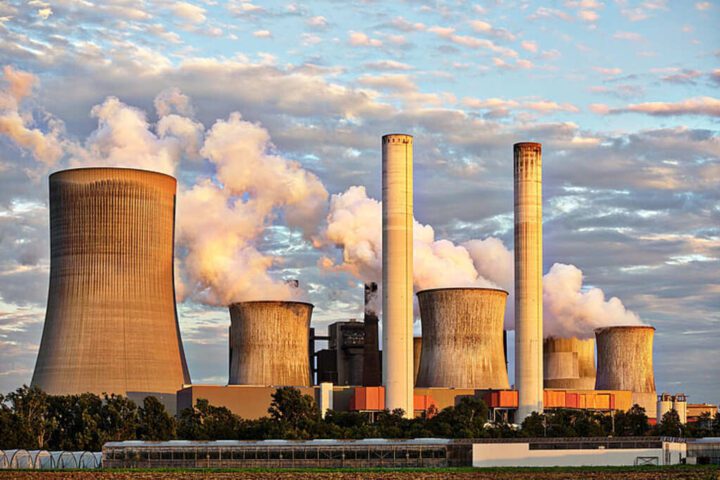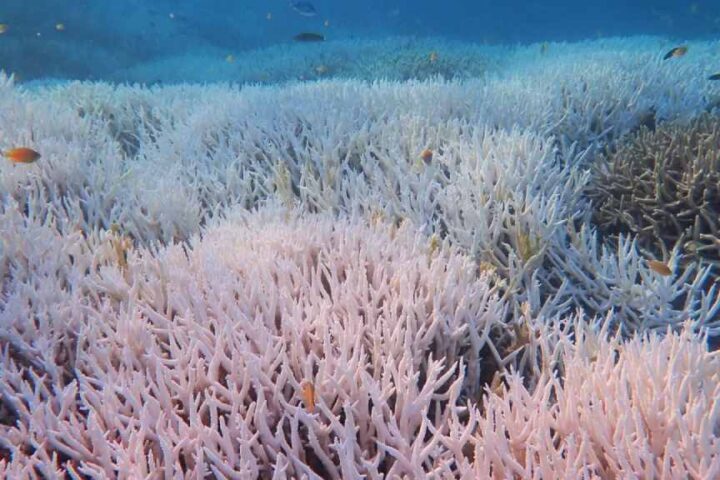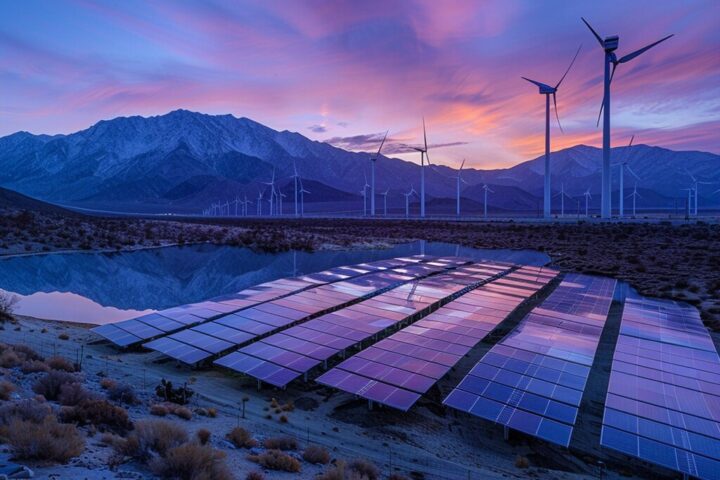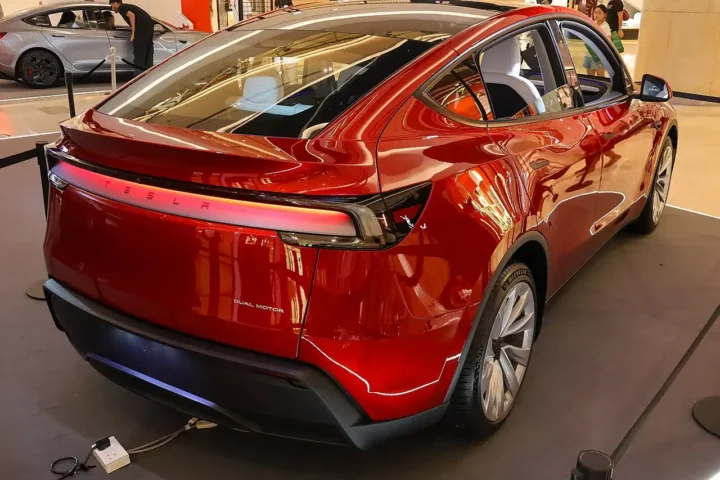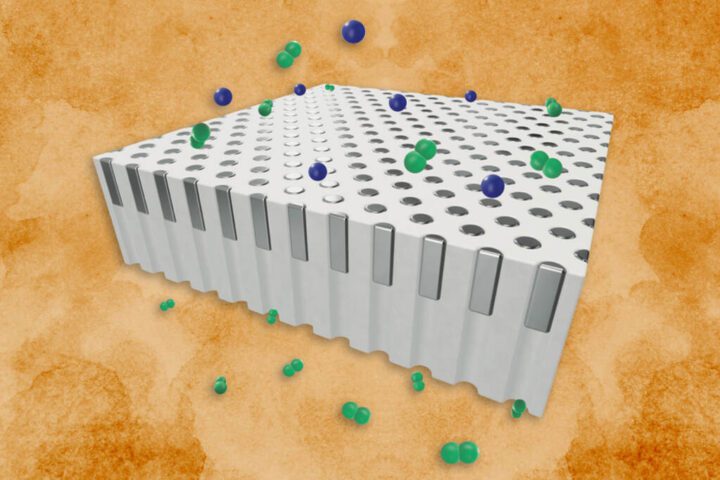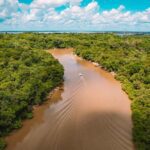The U.S. Department of the Interior has activated emergency permitting procedures to speed up geothermal energy development across Nevada, cutting environmental review times from years to just days. This move aims to boost energy reliability and strengthen national security while supporting domestic energy production.
The accelerated permitting process, announced May 30, 2025, follows President Donald Trump’s national energy emergency declaration from January 20, 2025. Under these new procedures, environmental reviews that typically take months or years will be completed in as little as 28 days for full environmental impact statements.
“Geothermal energy is a reliable energy source that can power critical infrastructure for national security and help advance energy independence,” said Secretary of the Interior Doug Burgum. “By cutting red tape and advancing President Trump’s American Energy Dominance agenda, we’re fast-tracking reliable energy projects while strengthening national security and supporting American workers.”
Three Ormat Nevada projects will be among the first to benefit from these streamlined procedures:
- Diamond Flat Geothermal Project near Fallon, Nevada – focusing on test wells and resource confirmation
- McGinness Hills Geothermal Optimization Project in Lander County – upgrading three existing plants with new wells, heat exchangers, cooling fans, and a 15 MW solar field to boost output beyond the current 138 megawatts
- Pinto Geothermal Project near Denio – conducting test drilling and exploration activities
The Bureau of Land Management will conduct environmental reviews within the expedited timeframe to determine if these projects can proceed.
Untapped Potential in Nevada’s Great Basin
The fast-track approach addresses a stark reality: geothermal energy currently provides less than 1% of U.S. electricity despite vast untapped potential. According to a 2025 U.S. Geological Survey Fact Sheet, the Great Basin region spanning Nevada, Oregon, Utah, Idaho, and Wyoming could potentially generate up to 135 gigawatts of electricity through Enhanced Geothermal Systems (EGS).
EGS technology creates engineered fractures in low-permeability rock to circulate fluid and harvest heat where natural reservoirs are inadequate. If fully developed, this resource could supply approximately 10% of U.S. electricity needs.
Economic and Environmental Considerations
Geothermal development brings substantial economic benefits. According to Department of Energy projections, geothermal plants support both construction and permanent operational jobs in communities where they’re built.
In Nevada, the current installed geothermal capacity supports full-time jobs in drilling, construction, and plant operations across the state. The McGinness Hills expansion represents a significant investment, with funding from both private equity and Department of Energy programs.
Water usage remains a key environmental consideration. According to USGS water research, binary geothermal plants typically use between 0.24 and 4.21 gallons per kilowatt-hour, while flash systems use approximately 1.59 to 2.84 gallons per kilowatt-hour with most of the brine recycled through deep-injection wells.
The projects must also address potential impacts on wildlife. BLM’s policies for projects in sage grouse habitat include buffer zones to protect these sensitive species during development activities.
Transmission and Grid Integration
Getting geothermal power to market requires transmission infrastructure. McGinness Hills has an advantage in being co-located with an existing transmission substation, minimizing new line construction.
Projects will need to secure queue positions for interconnection to the grid, as transmission capacity in parts of northern Nevada faces constraints that must be addressed for new generation to reach markets.
Local Support and State Policies
Nevada’s renewable portfolio standard calls for 50% of electricity from renewable sources by 2030 and 100% by 2050. Geothermal qualifies as a “Tier 1” resource under state regulations.
Similar Posts
State-level incentives complement the federal fast-track approach. The Nevada Geothermal Resource Exploration Program offers grants covering up to 30% of drilling costs, and the state provides a grant of 3 cents per kilowatt-hour for the first 4 million kilowatt-hours sold.
County commissions throughout Nevada have various positions on geothermal development, with some welcoming the economic development opportunities while others express concerns about potential impacts on existing land uses.
Historical Context and Market Outlook
Geothermal energy has a long history in the western United States. The Geysers in California, the first commercial plant, began operations in the 1960s and peaked at 1.5 gigawatts by 1988. Dixie Valley in Nevada has been operating since 1988, producing 62 megawatts.
Before these emergency procedures, environmental reviews for geothermal projects typically took many months, with full environmental impact statements taking over a year in most cases.
From a cost perspective, geothermal remains competitive. The Energy Information Administration’s Annual Energy Outlook reports levelized costs of electricity at approximately $0.052 per kilowatt-hour for binary plants and $0.044 per kilowatt-hour for flash systems. This compares to $0.035 for solar photovoltaic and $0.038 for onshore wind.
However, geothermal offers reliability advantages as a baseload power source, operating continuously regardless of weather conditions. This reliability factor can provide additional value in energy markets compared to intermittent resources like solar and wind.
Continued Innovations
Research continues to improve geothermal technology. Recent academic studies are showing how machine learning models can help predict potential geothermal resources, potentially reducing exploration costs.
National laboratories are developing advanced materials that can withstand higher temperatures, crucial for accessing deeper reservoirs with greater energy potential.
Some projects are exploring lithium co-production. A pilot at South Soda Lake, Nevada in 2023 produced 8 metric tons of lithium carbonate, demonstrating the potential for dual revenue streams from geothermal operations.
What Happens Next
The Bureau of Land Management has opened virtual scoping periods for public comment on the fast-tracked projects, receiving feedback addressing concerns about noise, dust, and cultural resources.
Tribal engagement is ongoing, with tribes requesting cultural monitors to ensure protection of heritage resources during exploration and development activities.
To support workforce development, Western Nevada College launched a Geothermal Technology Certificate program designed to train technicians for the industry.

The Nevada Public Utilities Commission is evaluating transmission upgrades to accommodate additional renewable energy generation, including new geothermal capacity.
Summary
The Department of the Interior’s emergency permitting procedures aim to significantly accelerate geothermal energy development in Nevada by reducing environmental review times to days instead of months or years. Three Ormat Nevada projects—Diamond Flat, McGinness Hills, and Pinto—will be among the first to benefit from these streamlined procedures. The Great Basin region holds substantial geothermal potential that could provide up to 10% of U.S. electricity needs if fully developed. The fast-track approach addresses permitting delays that have historically limited geothermal expansion while maintaining environmental considerations and supporting economic development in Nevada communities.
